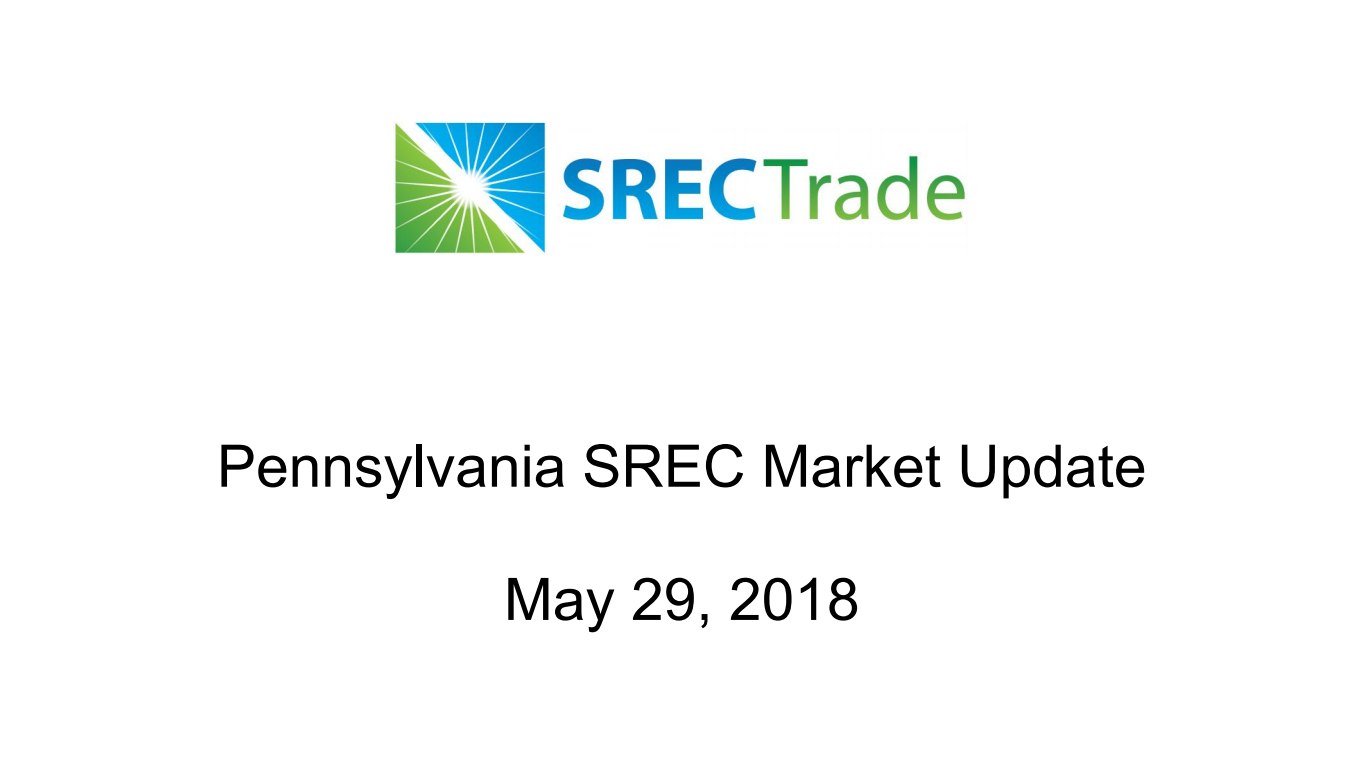On Wednesday, May 23rd, New Jersey Governor Phil Murphy (Dem) signed Assembly Bill 3723 (AB-3723) and Senate Bill 2314 (SB-2314), increasing the state’s Renewable Portfolio Standard (RPS) requirements. The bill establishes renewable energy goals of 21 percent by 2020, 35 percent by 2025, and 50 percent by 2030, making the New Jersey RPS one of the highest in the nation.
Notably, the state’s solar carve-out requirement is raised and accelerated to 5.1 percent of total electricity sales by EY2021 before beginning to ramp-down in 2024. The requirement ramps down in consideration of solar facilities that will be reaching the end of their 15-year SREC production eligibility term.

On the other hand, the bill lowers the solar alternative compliance payment (SACP) schedule to $268.00 in EY2019 with an additional $10.00 reduction each following year.

The bill also shortens the 15-year period that qualified solar projects can generate solar renewable energy credits (SREC) to ten years, effective for all New Jersey SREC Registration Program applications received as of the enactment date. Lastly, the bill mandates that the current SREC program be closed upon reaching the 5.1 percent target and no later than June 1, 2021. It is anticipated that a supplemental “SREC-II” program will follow shortly after the closure of the first program.
The bill also introduces other clean energy initiatives, including:
- Community Solar: establishes the Community Solar Energy Pilot Program to allow utility customers access to solar projects that are located away from their properties, but within their utility’s service territory. The pilot program is planned to be converted to a permanent community solar program within 36 months.
- Energy Efficiency: requires individual utilities to implement energy efficiency measures to reduce electricity usage by 2 percent and natural gas usage by 0.75 percent.
- Energy Storage: mandates Gov. Murphy’s goal of achieving 600 MW of energy storage by 2021 and 2,000 MW by 2030.
- Offshore Wind: establishes a goal of 3,500 MW of offshore wind by 2030 that will be supported by an offshore wind renewable energy credit (OREC) program.
Simultaneously, Gov. Murphy signed Executive Order No. 28, requiring state agencies to update the Energy Master Plan (EMP) that prepares a strategy for achieving 100 percent clean energy by January 1, 2050. The new EMP is scheduled to be finalized and published by June 1, 2019.
For more information on the bill and its passage through the New Jersey legislature, please visit our previous blog post on the topic here. SRECTrade expects to publish a detailed New Jersey supply and demand analysis reflecting this new legislation soon.



